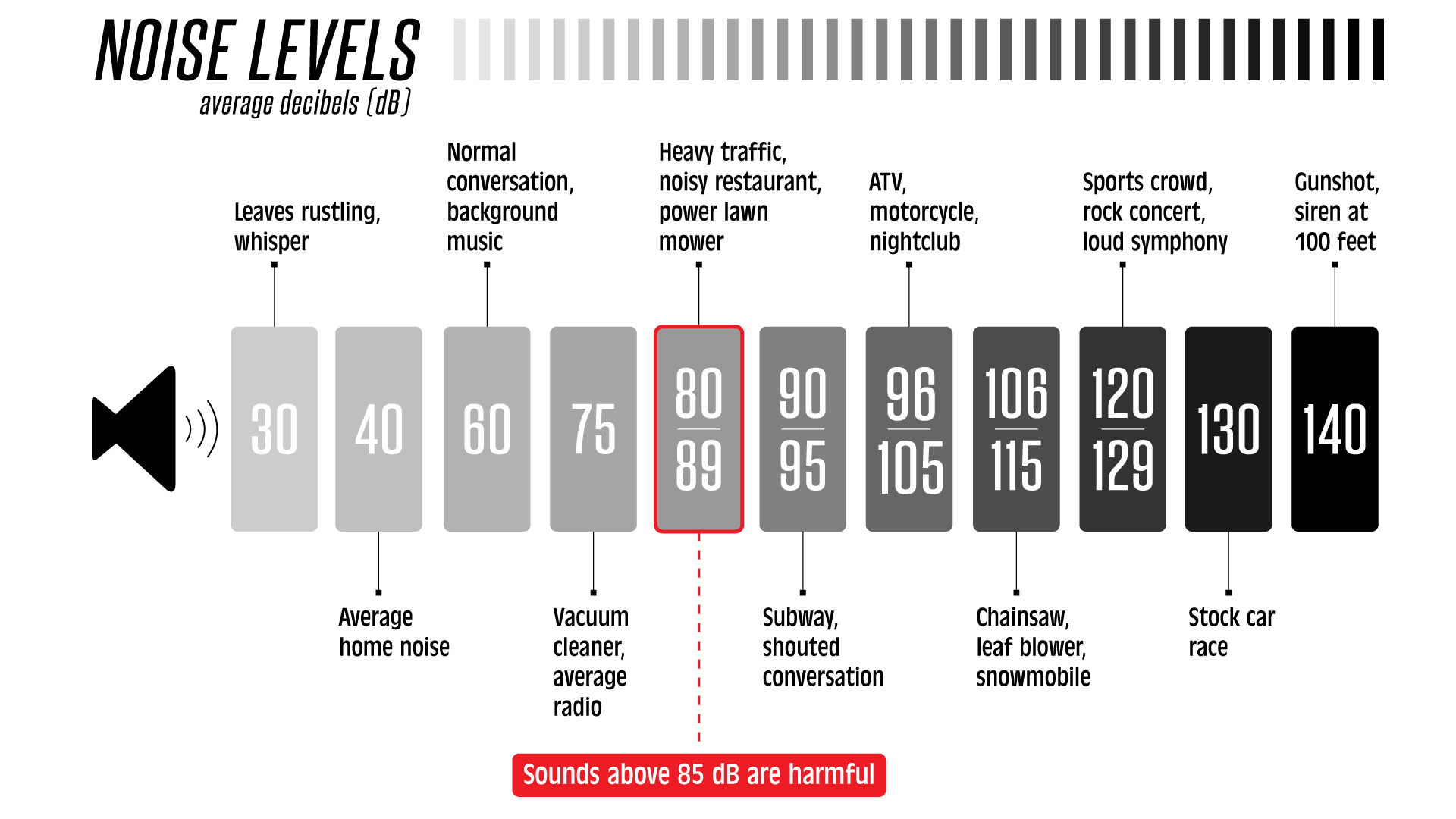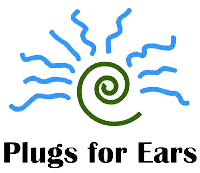Hearing FAQ
GENERAL HEARING PROTECTION FAQs
1) Can I carry on a conversation while wearing hearing protection?
Yes. Earplugs and other types of hearing protection devices are designed to bring noise levels down to a safer, more comfortable level. Most people without damaged hearing have no problem carrying on a conversation while wearing hearing protectors. Often, in noisy/loud environments, hearing protection wearers discover that these devices seem to “filter” out the background noise, actually making conversation and music clearer and easier to understand.
2) What is an NRR?
NRR is an acronym that stands for Noise Reduction Rating. The government, through the Environmental Protection Agency, now requires that anti-noise hearing protection devices carry a label showing the NRR. This means that, if you wear a product with an NRR of 29, for example, in accordance with its directions, the noise entering your ears will be reduced by 29 decibels.
3) McKeon Products, Inc. is an ISO 9001:2015 quality certified manufacturer. What is ISO 9001:2015 and how does it benefit me as a consumer/customer?
ISO 9000 is a set of five very high and stringent universal standards for a quality assurance system that is accepted around the world. Currently 90 countries have adopted ISO 9000 as national standards. Simply put, when you purchase a product or service from a company that is registered to the appropriate ISO 9000 standard, you have important assurances that the quality of what you receive will be as you expect. All of us here at McKeon Products are very proud to have maintained this achievement and standard of quality since 1997.
4) Do earmuffs offer better hearing protection than earplugs?
No. A well-designed earplug can offer hearing protection comparable to or exceeding that of earmuffs at most frequencies. More important is evaluating the individual devices and the users compliance with the proper use of the device.
5) Is it possible that my ears can get used to the noise that causes hearing loss?
No. If your ears seem to get used to the noise, it is only an effect caused by the deafening of your ears. Ears do not “toughen up” with repeated exposure to noise. Mack’s hearing protection devices can prevent this loss in quality of life from occurring.
6) I’ve already lost some or most of my hearing; why should I wear hearing protection?
The existence of full or partial hearing loss does not protect one from further hearing loss due to noise exposure. While hearing loss is permanent in nature and the use of hearing protection devices cannot restore hearing loss, they can help prevent further damage. The proper use of hearing protection devices can also help prevent temporary hearing losses, and allow existing temporary losses to recover before they become permanent.
7) Is there any hearing protection on the market that block out 100% of the noise?
The highest noise reduction rating (NRR) currently offered by an earplug is around 33 decibels. Decibel levels up to the earplug’s NRR rating will be blocked out entirely. Any noise over the earplug’s NRR may be heard. Another important factor to note is that the body absorbs sound; so short of encapsulating oneself in a sound proof chamber, it is seemingly impossible to block out all noise. Earplugs and other types of hearing protection devices are designed to lessen the harshness of the noise and bring it down to a safer, more tolerable level.
8) How can I tell when a noise is potentially damaging to my hearing?
People differ in their sensitivity to noise. As a general rule, if you have to shout to communicate with a normally hearing person at a distance of about three feet, the noise is potentially harmful. Other signs to watch for are if the noise hurts your ears, causes your ears to ring, or causes temporary hearing loss for up to several hours after exposure. As the figure below illustrates, the start of unsafe levels begins at approximately 85 decibels. It is important to note that it is not only the level of noise, but also the duration of exposure, that determines whether it is a minor irritant, a definite disturbance, or a threat to your hearing.

How to use Mack's® Moldable Silicone Putty Earplugs
